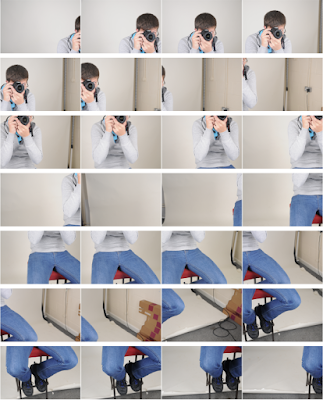This is my favourite image from my movement photoshoot.
I like this partly because of the framing. I feel that the car in the image is positioned well; it looks like it fits with the rule of thirds composition rule, therefore, your attention is drawn towards it. The fact there are not any other cars apart from far off in the background also helps in drawing your attention to the car in the foreground. Additionally, I felt that there was the right amount of blurring on the moving car; I used an exposure of only a couple of seconds, so that the car would remain recognisable but will be blurred enough to create an effect of fast motion.
This is my least favourite photo from my movement.
While this does show motion, I feel that there is not a lot of interesting motion happening in this photo. I
also don't like how much the background has moved, which was due to camera shake. If I had used a shorter exposure, or put the camera on a tripod, there would be no camera shake, or at least a lot less.
I also feel that the person who was waving the light could have tried to create a more recognisable shape, as that would draw the viewer to the image more than the shape that was drawn.
If I were to shoot movement again, I would bring a tripod when i'm going out to shoot, as that would have helped combat camera shake. I would also try and find more candid forms of motion, that were not directed to move for the picture e.g. people walking through the town, cycling and vehicles.

















































